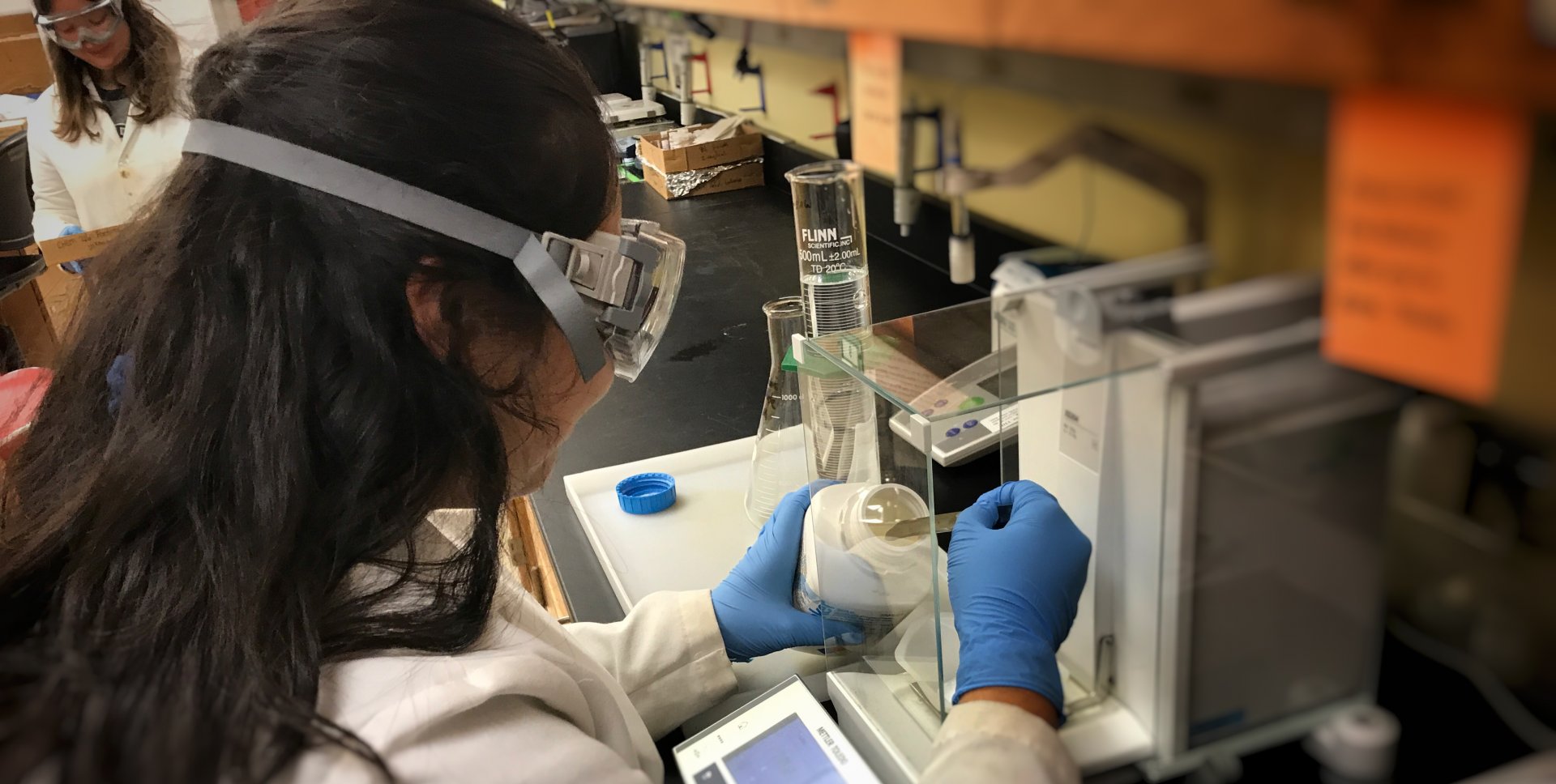Chemical Safety
Chemical Safety
You might look at these pages and think, "Oh holy bologna, there are so many words and my eyes hurt and there is no way I'm going to read all of this."
Or, you might think, "What is all the fuss about? It's just lab." And then you'll ignore most of what these pages say. The thing is, these pages are important because the chemicals in lab can be hazardous to one's health and safety. These rules are not only for the student's safety, but for the school's as well.
However, stockroom staff includes students, and so we understand that "Lots of words = not getting read." Due to this, we've included an outline more suitable to those whom otherwise would just skim the page. If you read nothing else, please read this Short Summary of the Points Made Below. That said, it would be nice if you read all of this. Please, we worked really hard to make it great.
- The MSDS is now known as a SDS
- What's a SDS/MSDS?
- How to read a SDS or MSDS
- Where to find a SDS/MSD
- The NFPA Hazard Identification System
- HMIS - the Hazardous Material Identification System
- The Differences Between NFPA and HMIS
- Where to Find Hazard Rating
Background

The Hazard Communication Standard
In 1970, the Occupational Safety and Health Act established the Occupational Safety and Health Administration (OSHA) within the US Department of Labor. The original Act decreed that employees should be informed of all hazards to which they are exposed on the job. In the early 80's, OSHA implemented this instruction by enacting the Hazard Communication Standard (HCS) as 29 CFR 1910.1200, and the HCS became effective in 1986. A fundamental premise of the HCS is that employees who may be exposed to hazardous chemicals in the workplace have a right to know about the hazards and how to protect themselves. The HCS is therefore sometimes referred to as the "Worker Right-to-Know Legislation", or more often just as the "Right-to-Know" law. Although the original HCS applied only to the manufacturing industry, subsequent court challenges have expanded the scope of the law so that today the HCS applies to nearly all sectors of the work force.
Students are not, technically, employees of the University (unless, of course, you also have a job working for Geneseo). Strictly speaking, the HCS applies only to communication between employer and employees; however, students in teaching labs are subject to a related standard called the "Lab Standard", discussed below. Regardless of which standard is applicable, your safety is important and you should have access to the same information provided officially to employees under the HCS. For this reason, all chemical containers you encounter in lab are labeled in accordance with the HCS, and SDSs are available for chemicals used in the lab.
The Lab Standard
As mentioned above, the Hazard Communication Standard (1910.1200), does not apply to certain kinds of laboratories. Laboratories, such as the teaching labs and research labs in the Chemistry and Biochemistry Department at SUNY Geneseo are actually covered by the Occupational Exposure to Hazardous Chemicals in Laboratories standard (29 CFR 1910.1450). This standard is also known as the "Lab Standard". Analogously, the University's Hazard Communication Plan (based on the OSHA HCS) specifies that laboratories are subject to SUNY Geneseo's Chemical Hygiene Plan (based on 29 CFR 1910.1450).
The Lab Standard is a more technical standard than the HCS, and includes additional material, such as requirements having to do with the proper maintenance of fume hoods and other safety equipment. As students in a chemistry laboratory course at the University, you shouldn't need to worry about the distinction between the HCS and the Lab Standard. The MSDSs, chemical labels, and other compliance measures that you will encounter will be exactly the same regardless of which standard technically covers your situation.
